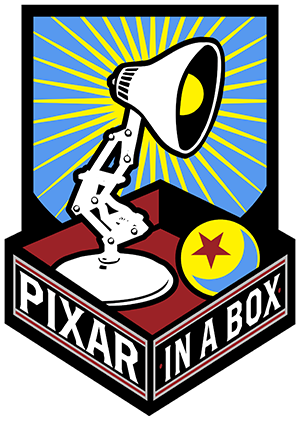A new project that does this in an engaging way is a collaboration between Pixar Animation Studios and Khan Academy that is sponsored by Disney. Called "Pixar in a Box," it gives a look behind-the-scenes at how artists at Pixar need to use STEM to make art.
To make balls bounce, leaves in trees move in the wind, fireworks explode or realistic rippling water takes more than drawing skills. It requires computer skills and considerations of math, science such as physics and digital humanities.
| How do you make animated hair |
 |
| look like real life hair? |
As the lessons progress, you can learn about animation roles and will discover what a technical director does in the animation process.
The lessons are appropriate for grades 5 and up - though I can see many adults and younger kids interested in animation from a technical or artistic side enjoying the free series.

No comments:
Post a Comment